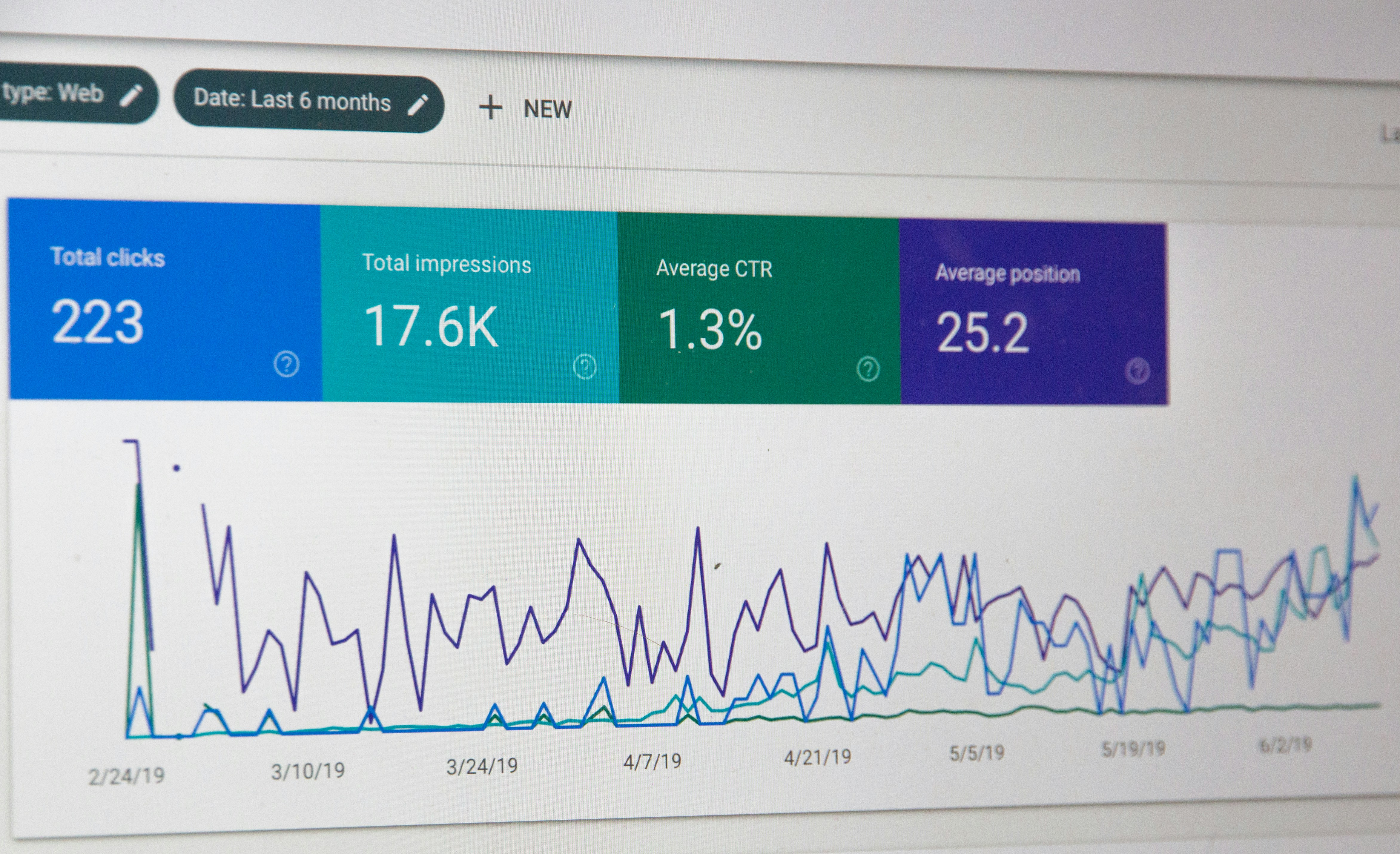Cold Email
Ideal Cold Email Response Rates: What to Expect
Discover effective strategies to boost your cold email response rates. Learn the secrets of crafting compelling subject lines, personalizing messages, and fine-tuning your outreach timing. Start improving your email campaigns now!
Jan 24, 2024

Ever wondered what magic number turns your cold email campaign from just another shot in the dark to a goldmine of opportunities? You're not alone. In the vast sea of digital communication, getting a response to your cold emails can feel like finding a needle in a haystack. But what's considered a good response rate?
Why Response Rate Matters in Cold Email Campaigns

Imagine you're a fisherman and every email you send is like casting a line into the sea. What you're really after is a bite from a fish, or in your case, a reply to your cold email. Response rate is the percentage of people who pull out their proverbial fishing rods and show interest in what you're baiting them with – your product, service, or proposal. It's crucial because a higher response rate usually means more opportunities to:
Create meaningful connections
Nurture leads into customers
Gather feedback to refine your approach
Think about response rate as the heartbeat of your campaign; it gives a real-time pulse of how well your message resonates with your audience.
Tracking and Improving Response Rates
You might make the common mistake of focusing solely on the number of emails sent. Don't cast your net too wide without considering who you're aiming to catch.
Instead, focus on who's biting.
A couple of best practices to enhance your response rate include:
Segmenting Your Audience: Group your contacts based on shared characteristics to send more targeted messages.
Personalizing Content: Use the recipient's name and reference specific details that align with their interests or industry.
Techniques to Boost Engagement
When planning your campaign, consider different methods to catch your audience's attention.
For instance:
A/B Testing: Send out two variations of your email and see which one gets more bites.
Clear Call to Actions: Make sure your recipients know exactly what you want them to do next.
Certain practices stand out when aiming for the best results:
Timing Your Emails: Hit send when your recipients are most likely to check their inbox.
Following-Up: Sometimes, fishes swim by the bait before taking a bite. Send a follow-up email to re-engage those who didn't answer the first time.
By adopting these strategies, you'll be casting your lines in the most promising parts of the sea. And remember, it's not just about the quantity of the emails you send but the quality of the replies you receive. Keep tweaking your techniques, learn from every interaction, and you'll find the formula that works for your cold email campaigns.
Factors That Affect the Response Rate of Cold Emails

When you're reaching out with cold emails, think of your message like a seed. You need the right soil conditions for it to sprout. Similarly, several factors determine whether your email will land well and encourage a reply.
Let's dig into these factors to ensure you're planting your seeds in the most fertile ground possible:
Target Audience Analysis
First off, who are you emailing? It's like trying to sell ice in Alaska if you're pitching to the wrong crowd. Make sure you've done your homework:
Identify your ideal customer profile
Understand their pain points and how your offer eases that pain
Email Content and Personalization
We all know the feeling of getting a mass-produced letter and immediately chucking it. To avoid the digital equivalent, your email should feel like it's crafted just for them.
Use first names or company names to grab attention
Tailor your message to their specific needs
Email Timing
Timing is another critical factor. It's like watering that seed—not too little, not too much, and just when it's needed.
Consider the recipient's time zone
Avoid weekends and holidays when they're less likely to engage
Test different times to find your sweet spot
Subject Lines and Open Rates
Think of your subject line as the curb appeal of a house. It's what gets people through the door.
Keep it short and enticing
Avoid spammy words that trigger filters or skepticism
Follow-Up Strategy
Last but not least, don't be a one-and-done sender. Following up is like checking on that seedling, giving it the attention it needs.
Send a sequence of emails rather than a single shot
Be respectful in your follow-ups, offering additional value each time
Remember, not every technique will work for all industries, and that's okay. It's about trial and error, learning what resonates with your audience. Try different approaches and monitor the response. Are you sparking curiosity or offering solutions right off the bat?
As you refine your process, avoid common pitfalls like overloading with too much information or making your emails too salesy. Nobody wants to feel like they're just a number in your database. You're looking to start a conversation, not just pitch a sale.
Incorporating these practices takes time and patience, but they're the building blocks of a response rate that keeps on growing.
Average Response Rates for Cold Emails
When you're diving into the world of cold emailing, understanding average response rates is like having a compass in unfamiliar territory. It helps you set realistic goals and gauge your campaign's success.
Think of cold emailing as fishing with a net in the vast ocean of potential leads. The average response rate is the number of fish you can expect to catch with a certain size net. It's not about snagging every fish in the sea – that's a feat even the most skilled fishermen can't claim. Instead, it's about improving your techniques to increase the number caught steadily.
The typical response rate for cold emails swings between 1% and 5%. To put this into perspective, if you send out 100 emails, you might only receive one to five responses. Not a goldmine, right? But don't be discouraged. Even one positive response can be the gateway to a valuable business relationship.
Misconceptions and Common Mistakes
It's easy to fall into the trap of believing more emails equals more responses. However, blasting out messages without a targeted strategy is like scattering seeds on concrete – they won't take root. Here are some pitfalls to avoid:
Generic messages: Personalization is crucial. Would you give a stranger the time of day if they called you by the wrong name?
Irrelevant content: Know your audience. Don't sell steak to a vegetarian.
Neglecting the subject line: This is your first impression. Make it count or be forgotten.
Techniques and Methods
To improve your response rates, consider the following strategies:
Segmentation: Divide your audience into groups with common characteristics for a tailored approach.
A/B Testing: Send out two variations of the same email to see which performs better. Think of it as a taste test for your campaign's effectiveness.
Timing: Send your emails when your recipient is most likely to check their inbox. Are they early birds or night owls?
Incorporating Best Practices
Want to hit the sweet spot with your cold emails? Here's how you can incorporate best practices:
Personalization at Scale: Use tools to personalize emails without sacrificing efficiency.
Clear and Concise Messaging: Be straightforward. Your recipient's time is valuable, and so is yours.
Call-to-Action: Make it clear what you want them to do next. A clear path leads to better outcomes.
How to Improve Your Response Rate in Cold Email Campaigns
Improving your response rate in cold email campaigns is a bit like fishing in uncharted waters; you've got to have the right bait, patience, and know the best spots to set your line.
Let's break down the essentials for boosting those numbers:
Striking the Right Tone: Picture this: you're at a networking event and someone pitches to you in a robotic or overly formal tone. It'd get awkward, right? The same goes for your cold emails. It's essential to adopt a conversational tone, just like you're talking to a colleague. Casual language that conveys enthusiasm without overdoing it often strikes the right chord, and it encourages your recipients to read on.
Segmentation & Personalization: One-size-fits-all? Not here. Think about it; carpenters and fishermen don't need the same tools. Segment your audience so your message resonates with each group. Then, sprinkle in personalization — not just their name but relevant details like their company's recent achievements or industry trends that affect them.
Subject Lines That Stand Out: Your subject line is your first handshake. Would you remember a limp handshake? Probably not. So, make your subject line firm and memorable. Avoid the spammy vibe and aim for something intriguing that prompts curiosity.
Timing is Everything: You wouldn't go jogging in a thunderstorm, right? Then don’t send your emails at a time when they're likely to get lost in the morning inbox avalanche. Stats suggest Tuesdays and Thursdays around mid-morning or early afternoon tend to catch people when they've settled into their work groove.
Include a Clear Call-to-Action (CTA): Be clear about what you want — whether it's a reply, a meeting, or a download. Think of your CTA as the inviting path you're laying out for your recipient that leads them right to your doorstep.
Remember, every campaign needs tweaking. Keep testing different techniques and fine-tune your approach based on what the data tells you. Whether it's adjusting your email content or timing, small changes can lead to big wins in your response rates.
In the end, ensuring your cold emails are personal, timely, and inviting will make all the difference in getting those responses. Keep at it, monitor your results, and be willing to adapt. It's these continuous, incremental improvements that will set your email campaigns apart.
Conclusion
Unlocking the potential of your cold email campaigns hinges on your ability to engage recipients with a personalized touch. Remember, adopting a conversational tone can transform your message from an unwelcome intrusion to a welcomed conversation starter. It's about standing out in a crowded inbox with eye-catching subject lines and sending your emails when they're most likely to be seen. Your call-to-action is your anchor—make it clear and compelling. And never stop refining; your email strategy should evolve as you learn what resonates with your audience. Stick to these principles and you'll be on your way to achieving—and perhaps surpassing—the response rates you're aiming for.
Frequently Asked Questions
What are the best strategies to improve cold email response rates?
Adopt a conversational tone, personalize your messages, segment your audience, craft compelling subject lines, choose the right timing for sending emails, include a clear call-to-action, and continuously test and refine your campaign strategies.
How can personalization affect my cold email campaign?
Personalizing your emails can significantly increase engagement by making the recipient feel that the message is tailored specifically for them, which can lead to higher response rates.
Why is audience segmentation important in email marketing?
Segmenting your audience allows you to tailor your emails to different groups within your target market, which can improve relevance and the likelihood of a response.
How can the timing of an email impact its effectiveness?
The right timing can mean the difference between an email being opened or ignored. Optimal timing depends on your audience's habits and can vary; testing different times can help determine the most effective schedule.
What should a good email subject line achieve?
A good subject line should capture attention, incite curiosity, and give the recipient a reason to open the email. It's the first impression of your email, so make it count.
What is the role of a call-to-action in a cold email?
A clear call-to-action (CTA) guides the recipient towards the next step you want them to take, such as scheduling a demo, signing up for a service, or simply replying to the email. It's crucial for driving responses and conversions.
Why is it important to test and refine email campaigns?
Continuous testing allows you to understand what works and what doesn't, helping you to improve the efficiency of your campaigns and increase response rates over time.

